Gluten-Free Processing: How to Overcome 4 Common Challenges in Your Bakery Plant
Stellar is gearing up for the International Baking Industry Exposition (IBIE) in October, and gluten-free baking continues to be one of the hot industry topics this year. The gluten-free food segment is projected to reach $4.8 billion by 2021. So, where does your plant fit into the gluten-free market?
Continue Reading “Gluten-Free Processing: How to Overcome 4 Common Challenges in Your Bakery Plant”



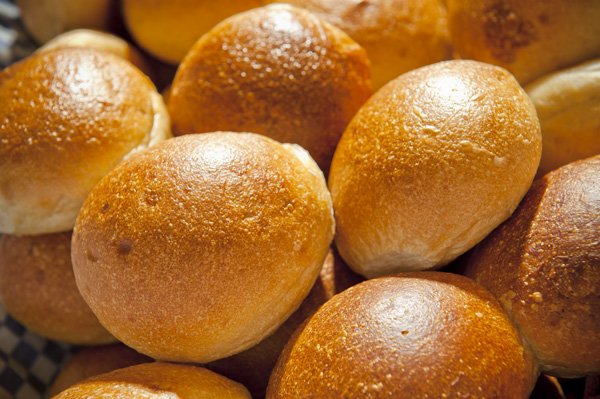
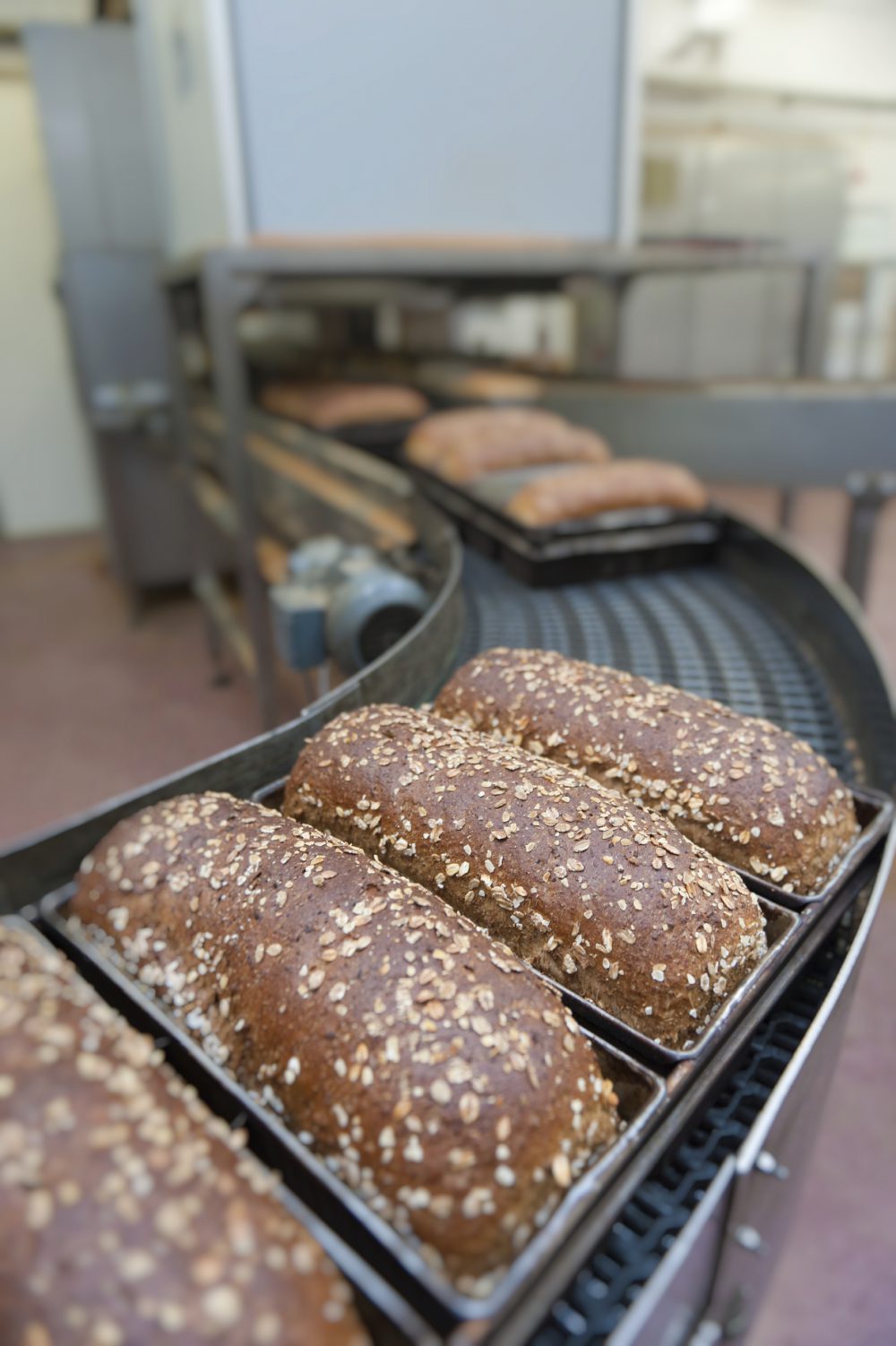

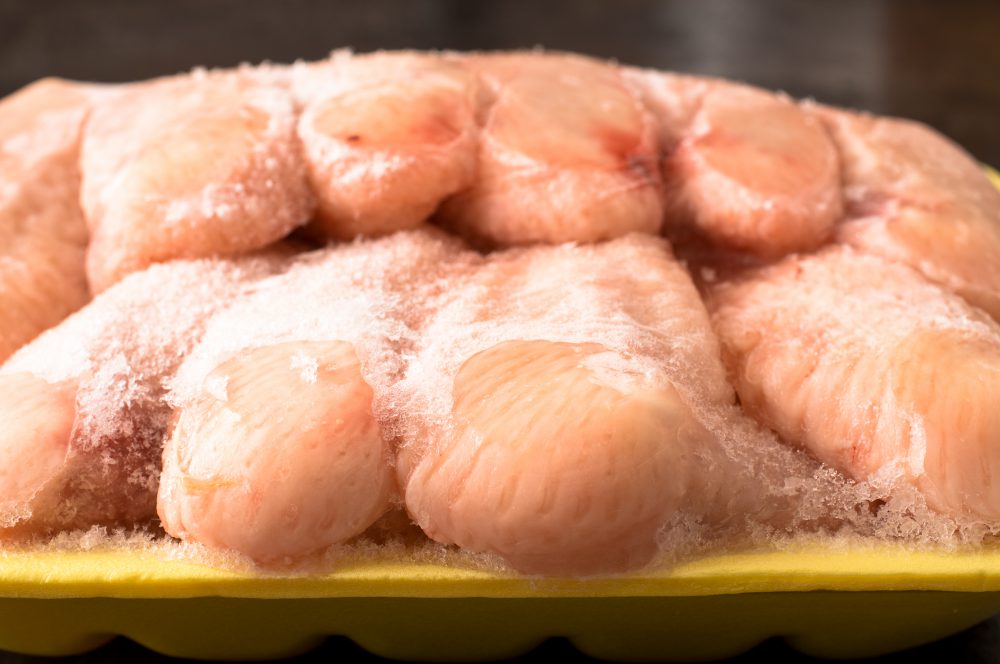

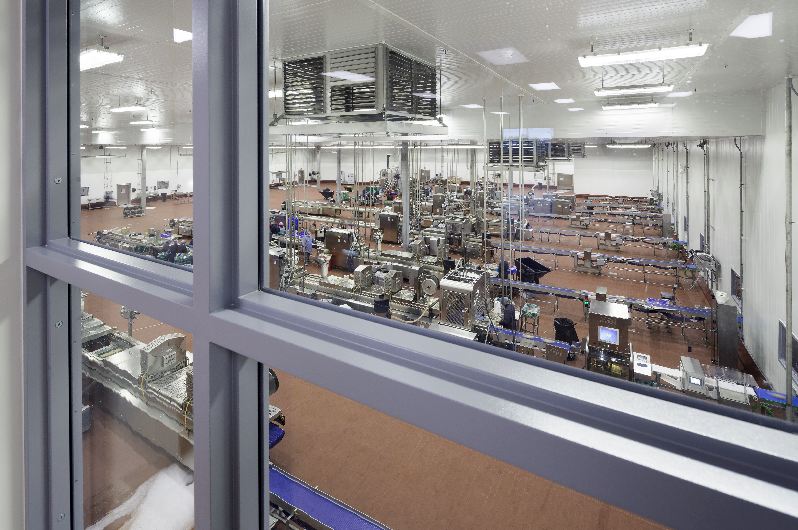
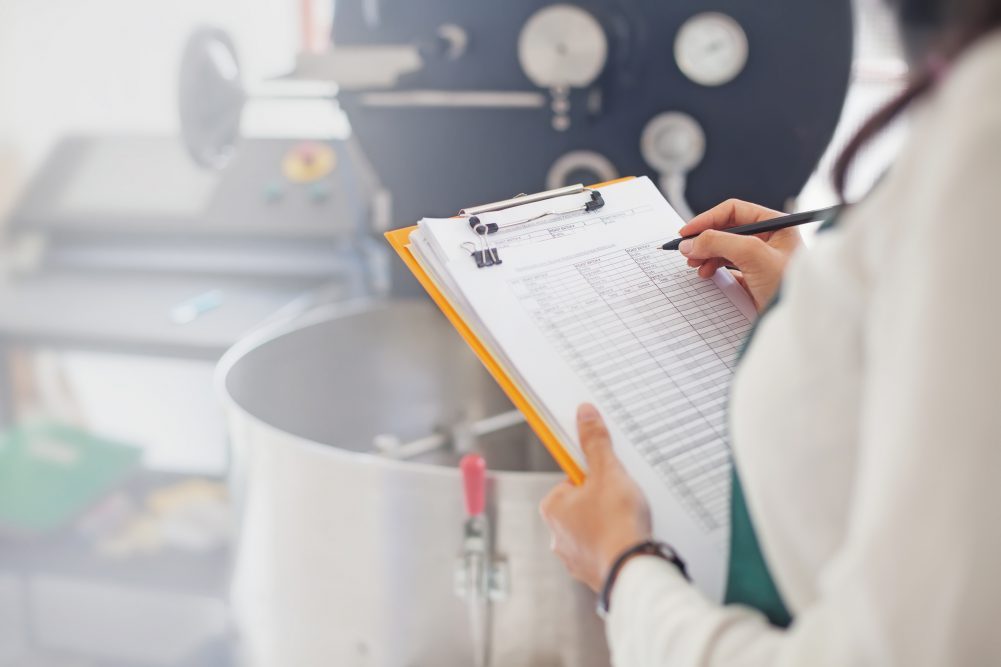
![[SlideShare] 5 Crucial Components Your Food Business’ Strategic Plan Must Include](https://stellarfoodforthought.net/wp-content/uploads/2016/06/Screen-Shot-2016-06-22-at-1.35.20-PM.png)
![How Does Your Food Business’ Strategic Plan Stack Up? [Downloadable Checklist]](https://stellarfoodforthought.net/wp-content/uploads/2016/06/Screen-Shot-2016-06-15-at-1.57.35-PM.png)